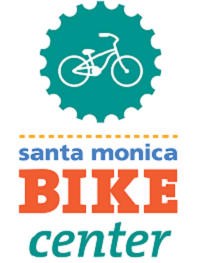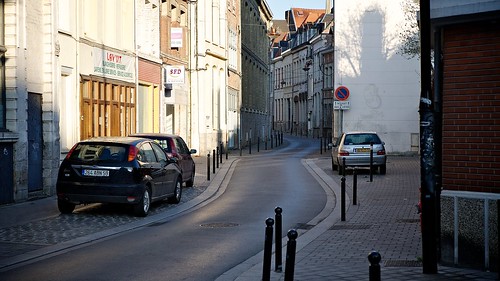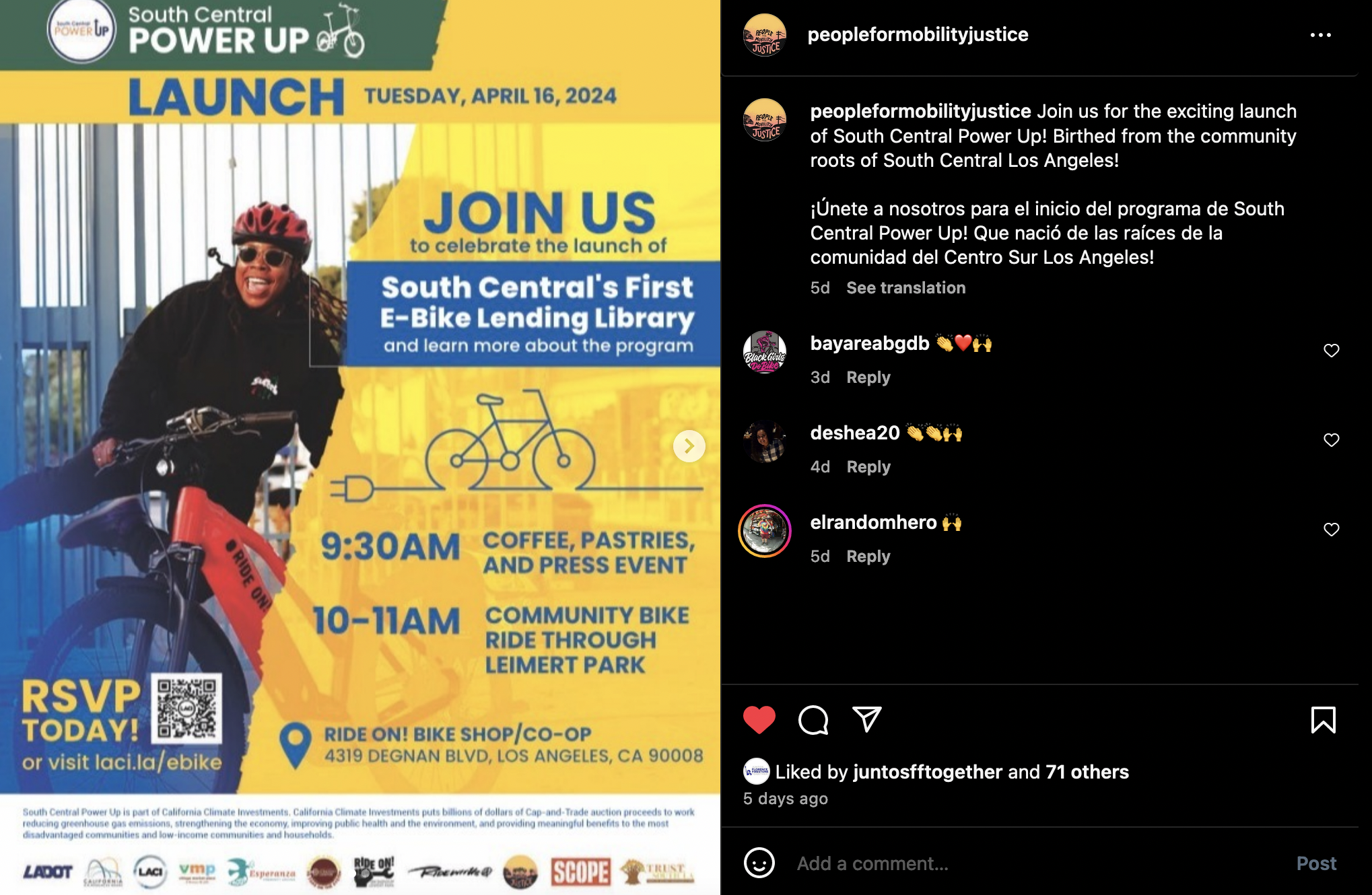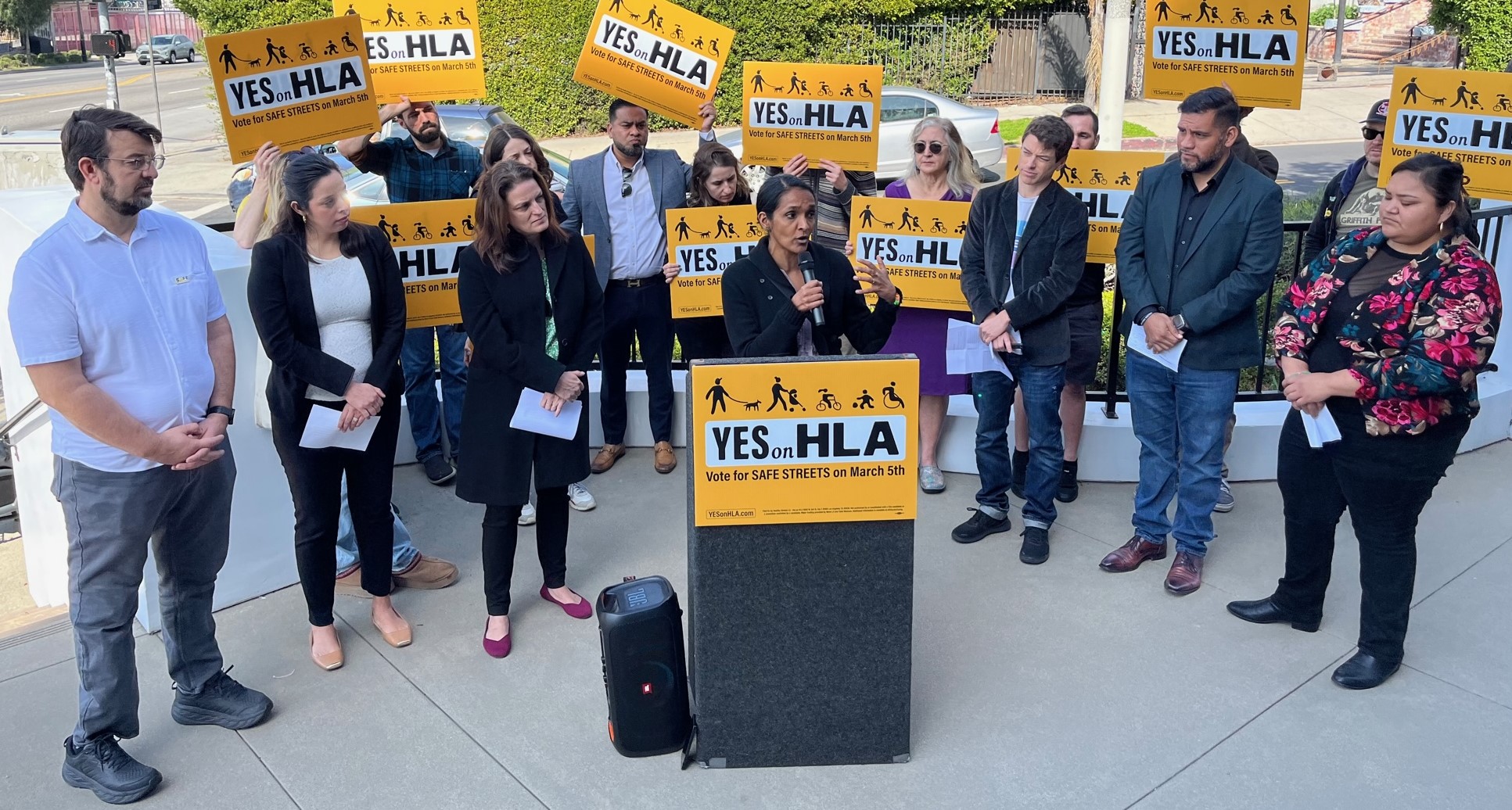Santa Monica Traffic, Is It Really So Bad? (Part 2, When Congestion Saves Lives)
11:11 AM PDT on July 6, 2012
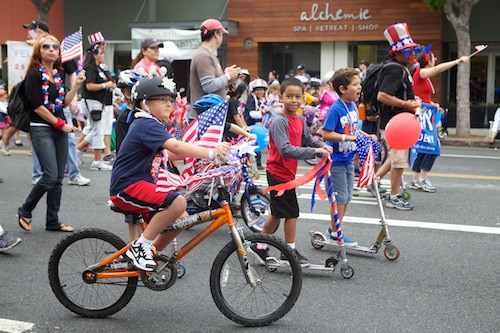
Two weeks ago I started a conversation about traffic in Santa Monica. That first post stirred up quite a bit of commentary and criticism. I expected this given my deviation from the playbook of many other local columnists: using populist rhetoric to complain about traffic congestion as a universal evil, with no viable proposals of what to do about it. When a "solution" is suggested, it's often something along the lines of "don’t build anything ever, unless it is building more parking garages" (which actually attracts more car trips).
Part two of this series addresses one of the other flip-sides to the traffic congestion equation: faster cars in urban areas are dangerous, so should we really be trying very hard to speed them up?.
Slow, or barely moving, cars are rarely involved in seriously hurting or killing anyone. A mixed use surface street that is fast flowing is a street that is dangerous for all parties involved, and especially so for those on foot, or traveling by bike. I saw lots of what could be described as near misses watching downtown traffic from the tops of the parking garages recently, but the slower speed of everything downtown played a significant part in preventing anything I witnessed from becoming more serious. Had any collisions occurred, they would have been far less serious than if cars could move faster. As a pedestrian, the chances of being killed by a 20mph car if hit is around 5%, while being hit by a car traveling at 40mph, creates a disproportionate greater risk with an 80% chance of death.
I do get the frustration of being “stuck” in traffic in a car. I've spent my time participating traffic jams. But we have to weigh trade offs between a number of potential goals, of which driver convenience is only one component. There are a number of simple measures the city could do to just get all the cars moving faster in the most congested areas, some of which we used to have in Santa Monica, like wide one-way travel arterials. But if speeding up cars were to come at the expense of significantly diminishing public health and safety, and the attractiveness of walking around our retail locations, would it be worth it? I don’t know about you, but I firmly place human lives, and the right to live without fear of bodily harm, far above the time and convenience for those driving.
It’s important to clearly articulate the difference between speed and travel times. Many traffic calming measures, such as lane narrowing, chicanes and roundabouts are often opposed under the assumption that if a driver can’t go as fast, they will be stuck traveling a lot longer. Some kinds of traffic calming slow top speeds with negligible or even positive impacts on travel times. Intersection regulations that slow traffic, but that do not always require fully stopping, can improve flow compared compared with frequent stop signs and signals, without sacrificing safety.
I saw this in effect when traveling in a few cities and towns in northern France. It was possible to travel for miles upon miles through rural and urban centers without encountering stop signs, and very few traffic lights. Things like roundabouts and speed tables were used to slow many intersections, but typically do not require a full stop except when traffic volume is very high. The speeds throughout urban and town areas were low and the traffic safety records are better, but the travel time through such places felt no slower or in some cases a little faster than what would have been the case had lots of American style traffic regulation been in place.
Santa Monica should be exploring a wider tool-kit of traffic calming techniques which can moderate top speeds, while keeping things moving along. We saw some new approaches to moderating traffic speed in the Longfellow project, but east/west speeds through the project area are still too high for comfort in a residential zone. I feel the project could have significantly benefited from intersection speed tables in place of stop sign regulation, which was apparently a consideration earlier in the project that some residents supported.
When we discuss traffic relief, what we ought to be aiming for is a sort of Goldilocks outcome. Not so slow that forward progress has ground to a complete standstill, but not so fast that we turn our street grid into just a sewer system for flushing cars as quickly as possible. While every one likes to complain about the former, Santa Monica also features quite a bit of the later, especially during nighttime hours. That’s because some of the most effective traffic calming in Santa Monica is the traffic itself, and absent that congestion, people often hit the gas and exceed safe speed limits. It is no coincidence that many of the worst traffic collisions resulting in injury and death in Santa Monica occur during nighttime hours on wide open streets like Lincoln Boulevard.
Going slow may be the antithesis to our impatient culture these days, but slow has it's benefits, to the local economy, and to public safety, which should not be overlooked in the ongoing debates concerning local traffic policy. Congress for the New Urbanism president John Norquist perhaps said it best when he wrote "After all, congestion is a bit like cholesterol - if you don’t have any, you die. And like cholesterol, there’s a good kind and a bad kind." A balanced approach requires a perspective that acknowledges congestion is both a problem and an asset. Let's make sure that if we go after the "bad kind," we don't throw the good out with it.
In part three, I’ll tackle the heated debate about the numerous pending Santa Monica developments, and fears that it will usher in a new wave of unmanageable traffic congestion.
Stay in touch
Sign up for our free newsletter
More from Streetsblog Los Angeles
This Week In Livable Streets
CicLAvia returns to Venice Boulevard, Metro board committees, L.A. City Council Transportation Committee, Metro budget theater, and more
Measure HLA Is Now Officially Law for L.A. City
Check the city maps to find what bus, bike, and walk improvements are coming to streets in your neighborhood
